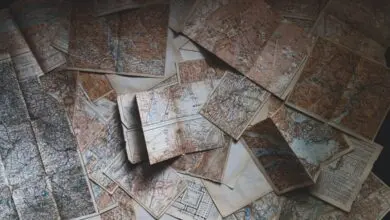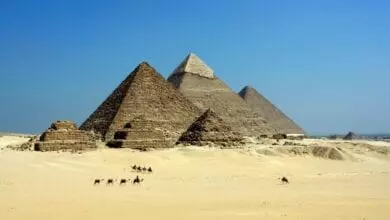Seven Spiritual Symbols Of The Ancient World

It is not a surprise that we are surrounded by symbols.
Our world and society, in general, revolves around symbols.
Whether it’s on TV, on consumer products, on the internet, all around us we find symbols. Symbols have become a common phenomenon, telling a story of a thousand words through the use of emblems.
However, the existence of symbols can be traced back thousands of years, before written history, and even religion.
In ancient times, symbols were of great importance to cultures all around the globe, which is why on every continent on Earth, various cultures developed different symbols through which they conveyed a number of things.
It didn’t take long for symbols to become sacred. They became a form through which people would express themselves.
In this article, I’ve gathered 7 of the most important ancient symbols in history.
1. The Flower of Life.
.
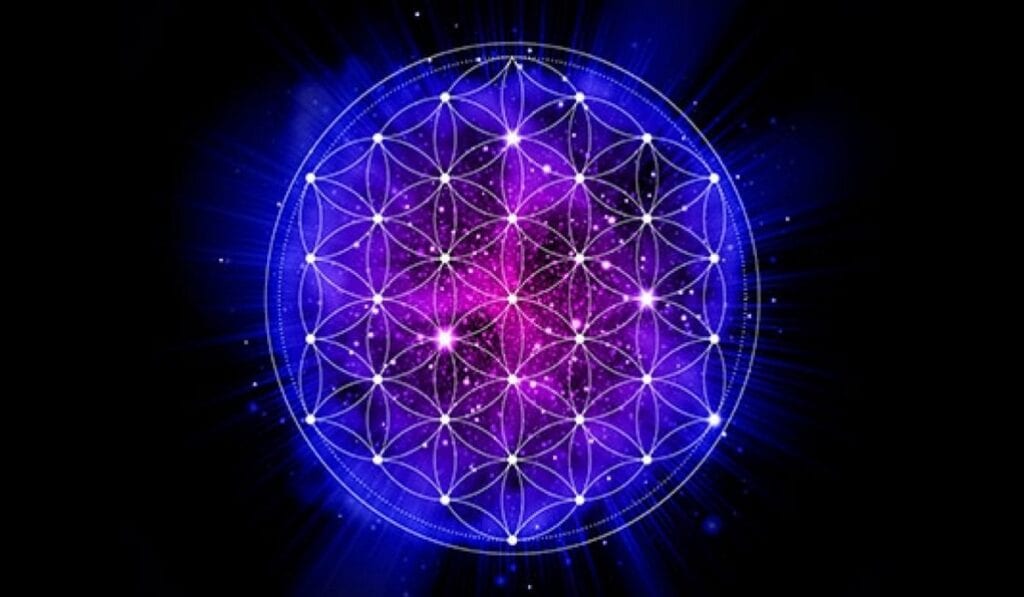
Considered by many a spiritual symbol king of geometry. Through the flower of life, all patterns of creation are represented.
It is one of the oldest symbols out there and was used by the ancient Sumerians who inhabited Mesopotamia.
The symbol is created by a number of overlapping circles that form a flower-like symbol.
The Flower of Life spread across many ancient cultures and there’s evidence of the flower of life in ancient Egypt, Rome, Greece, and even in Celtic and Christian Cultures.
In Egypt, for example, we find the Flower of Live ‘engraved’ at the temple of Abydos. It’s also located in Israel at the ancient synagogues in the Galilee and Mesada.
2. The Om
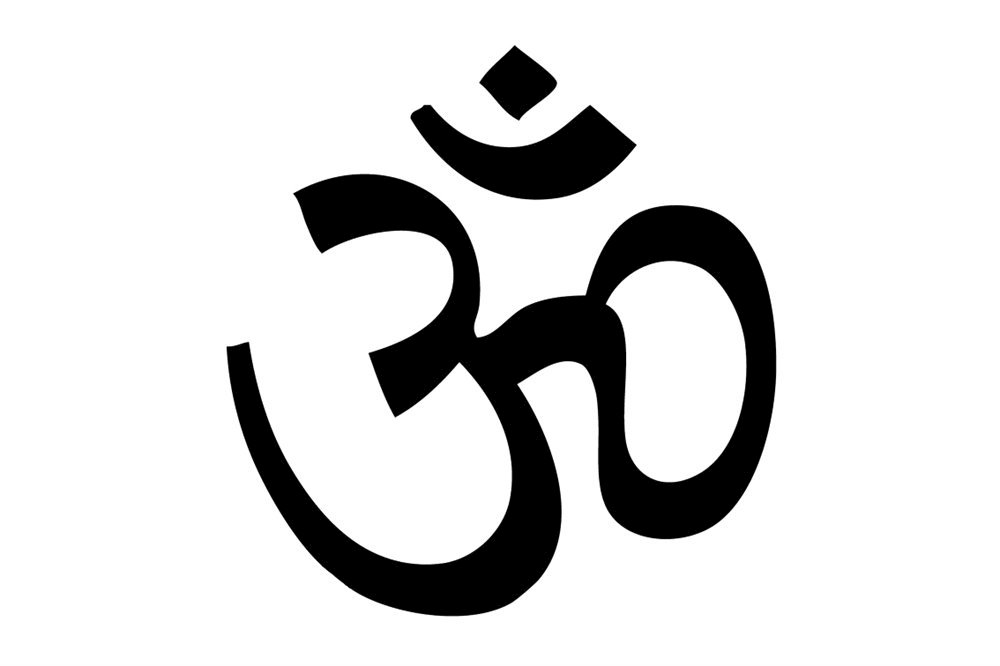
“Om!, this syllable is this whole world…”
The Om or Aum symbol is a sacred icon in Hindu Religion. Many authors consider it the mother of all mantras, and the primordial sound by which the universe formed. In Hinduism, for example, the Om is one of the most important spiritual symbols.
The Om sound is also a sacred spiritual incantation made before and during the recitation of ancient spiritual texts, private prayers, and important ceremonies.
3. Eye of Horus
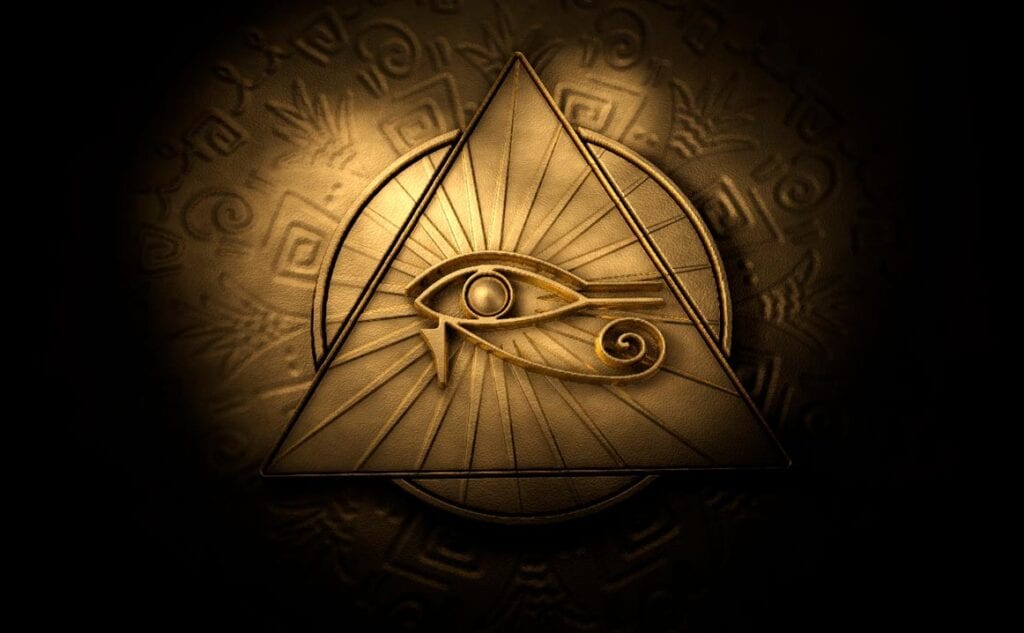
It’s also referred to as the eye of Ra, Wadjet, or Udjat. It is a symbol and amulet of protection and is associated with the goddess Wadjet.
In ancient times it was believed that an amulet of the eye of Horus had protective and curative powers. The Eye of Horus, or Udyat, was used for the first time as a magical amulet when Horus used it to restore life to Osiris.
4. The Swastika
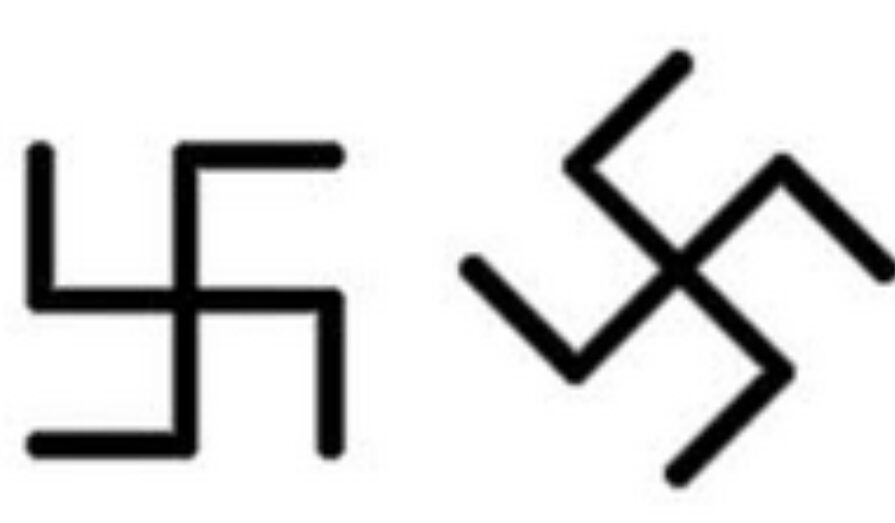
The ancient Swastika considered one of the oldest symbols on Earth.
The name swastika comes from Sanskrit and denotes “conducive to well-being or auspicious”.
According to experts, the Swastika symbol arrived from India to America and other parts of the world thousands of years ago.
The Swastika today is deeply connected to the Nazi’s, however, and unlike popular belief, the swastika is a symbol of peace and continuity. The symbol of the true Swastika goes back over 11,000 years and is believed to have originated in the Harappan period and the culture of the Indus Valley Civilization.
5. The Ankh Symbol
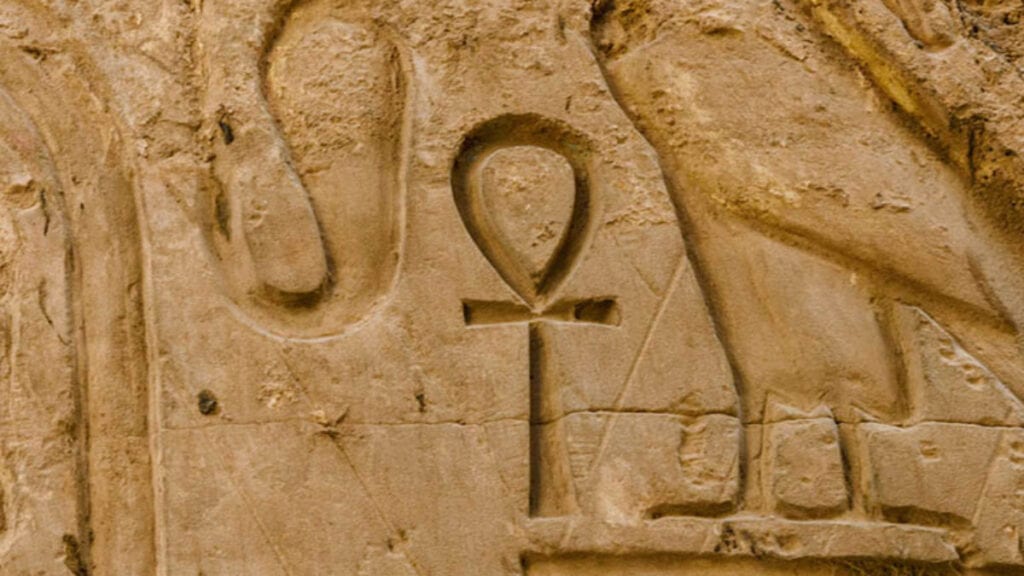
Some authors argue that the Ankh symbol is as old as Egypt itself. While the symbol may represent a number of things, the most widely accepted meaning is Life.
The sacred symbol can be traced back to the very beginning of the ancient Egyptian empire. The Ankh is commonly used with other symbols such as the Djed and the Was.
The Ankh is a symbol of Fertility, Spirituality, Life, and the afterlife.
6. The Yin Yang
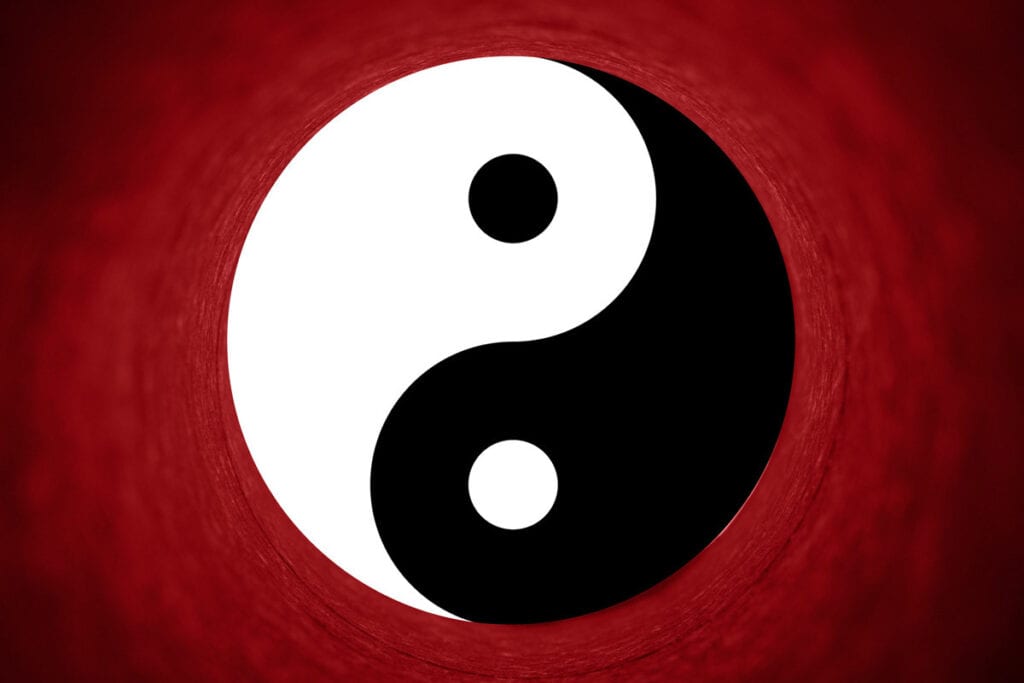
The Yin Yang is an ancient symbol from Taoism, used to represent the duality that this philosophy attributes to everything existing in the universe. The symbol itself makes reference to two opposing yet complementary forces, which are found in all things.
Yin is the feminine principle, the earth, darkness, passivity, and absorption. The yang is the masculine principle, the sky, the light, etc.
7. The Mandala.
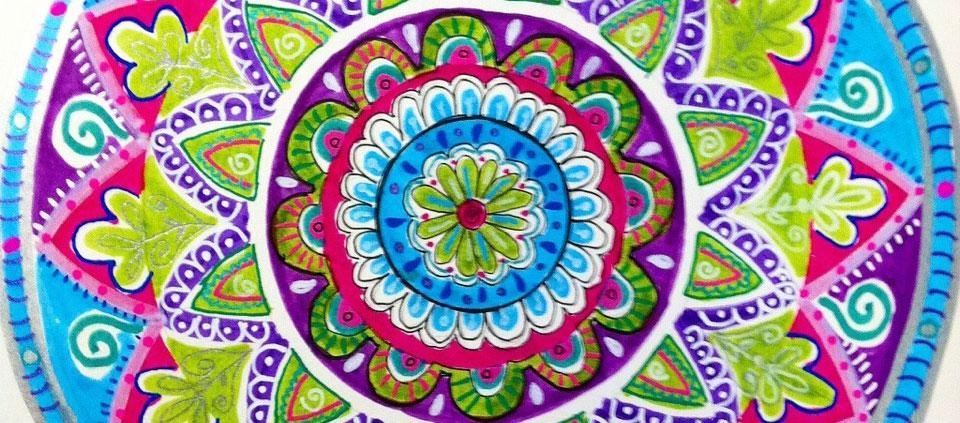
The mandala is a symbolic spiritual and ritual representations of the macrocosm and the microcosm used both in Buddhism and Hinduism.
The term Mandala can be traced back to ancient Sanscrit. Among various oriental relaxation techniques, painting and drawing Mandalas is one such technique.
Mandalas often exhibit radial balance.
Furthermore, in a number of spiritual traditions, mandalas are employed for focusing the attention of practitioners and adepts, as a spiritual guidance tool, helping them establish a sacred space. It is also an aid for meditation and trance induction.


